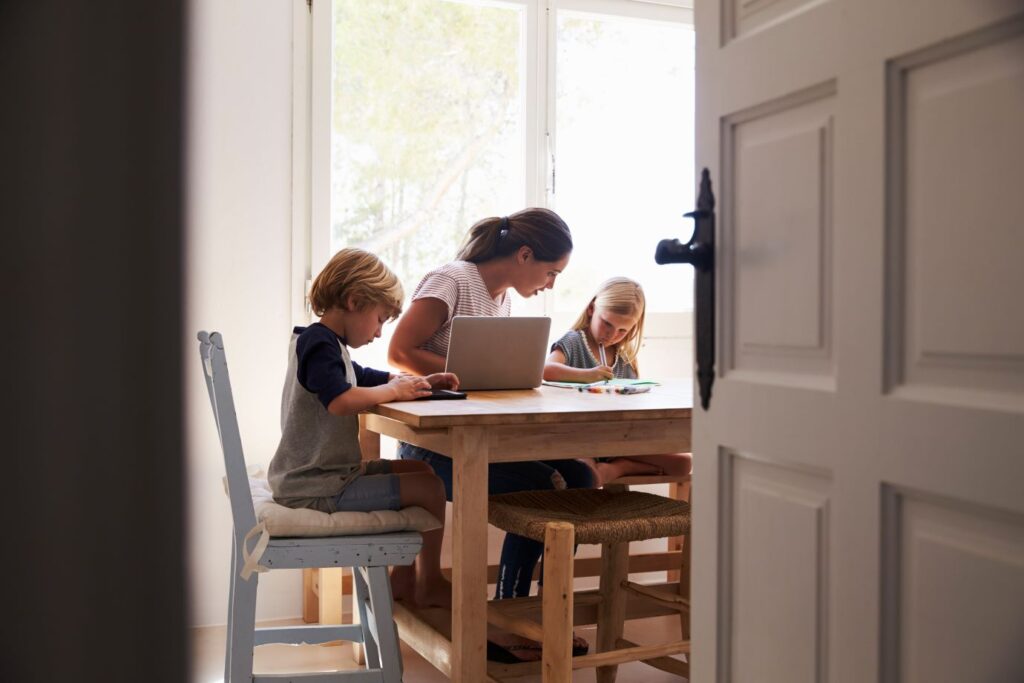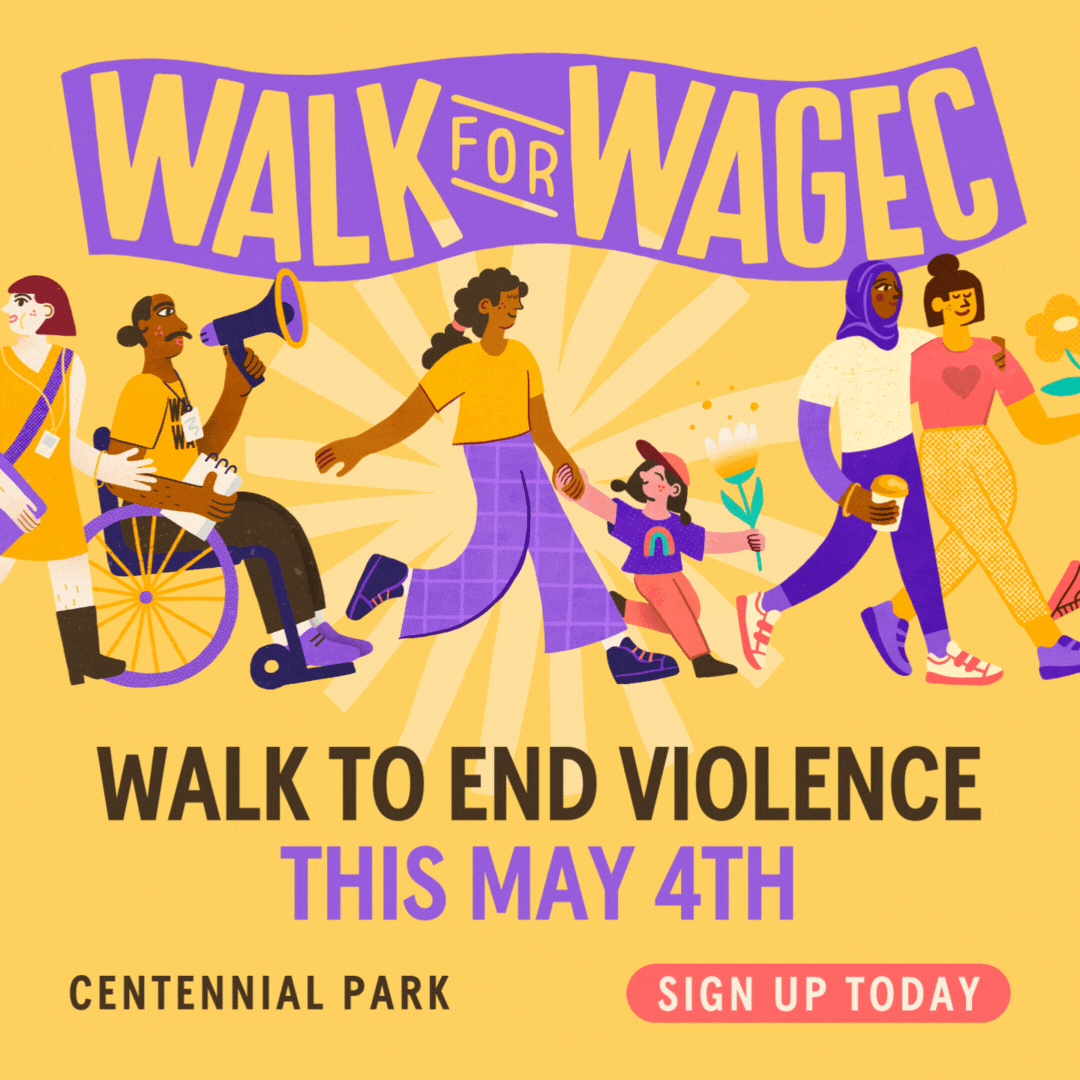The climate crisis is sending insurance costs and household bills through the roof and Australian families are paying the price.
According to the latest report from the Climate Council and Parents for Climate, the increased costs of insurance and living expenses have meant more than half of families have reduced the amount or quality of food they are buying, while two in three families have cut back on heating and cooling their homes.
Collectively, Australians are paying $30 billion more today on insurance than they were only 10 years ago, more than double the average rate of inflation. Meanwhile, many households at higher risk of extreme weather are being priced out of insurance, as it becomes more difficult or too expensive to maintain.
More than 70 per cent of parents said they were concerned about higher insurance costs, as more frequent disasters are fuelled by climate change.
For Bernadette Systa, a mother of five in Redlands, Brisbane, rising insurance costs have had a real impact on her family.
She says her insurance costs have more than doubled in just over 12 months, “which has meant I’ve had to let it lapse. That’s really been worrying me because I know that Queensland is especially susceptible to extreme weather events like storms”.
“I’ve had to go back to work full time, even as my kids have started to leave home, because a part-time wage just hasn’t been enough to afford the basics,” she says.
Bernadette says she has solar panels at home, which helps to reduce her bills but she’d like to do more.
“We’d love to have an EV or battery at home – but at the moment they’re just too expensive and that’s well beyond what we could afford on top of everyday expenses,” she says.
Parents for Climate CEO Nic Seton said it’s heartbreaking to hear from so many parents who have to cut back spending on essentials like food, heating, cooling and insurance.
“Our research shows how nearly every Aussie family is copping rising costs, made worse by oil and gas prices and unnatural weather events. With the majority of parents having to make tough choices, it’s our kids’ health and wellbeing that’s on the line,” Seton said.
“The vast majority of parents worry that our dependence on coal, oil and gas is compounding cost of living pressures, but they also know that climate solutions can ease household budget pressure, such as better support for solar and batteries for lower income households.”
Independent economist and Climate Councillor Nicki Hutely says oil and gas are fuelling two crises at the same time – climate change and the cost of living.
“Aussies are doing it tough every time we fill up cars with pricey petrol or use expensive gas to heat our homes. These polluting products are also driving up inflation,” Hutley says.
“Insurance bills are through the roof because climate pollution is driving more unnatural disasters globally and hiking insurance premiums as a result. Australians are paying $30 billion more today on insurance than they were only 10 years ago – more than double the average rate of inflation.
“The good news is that cutting back on the oil and gas that’s straining our wallets will also cut climate pollution, and there is huge demand out there for rooftop solar, household batteries and energy efficient appliances. Making these solutions more accessible lowers bills and cuts climate pollution to help protect kids’ futures. That’s a win-win situation for Aussie parents.”
The pressure of insurance costs and bill is also biting hard for Emily, a single mum of two from Sydney’s eastern suburbs.
“I know I’m much luckier than most people but I’m still finding it really hard,” Emily says.
“My insurance bill has more than doubled in five years: in 2019 it was under $200 a month, today it’s over $400 a month, and that’s just crazy. That’s a consequence of the huge number of natural disasters in Australia in the past five years. I’m probably spending 40 per cent more now on food than I was four years ago and it’s not because we’re eating more, it’s just got so much more expensive.”
As a result of increased costs, Emily says her kids don’t do swimming lessons anymore in winter, or after school art or other activities.
“After we pay for the essentials, there’s no gas left in the tank for anything else. It feels like I’m compromising my kids’ participation and wellbeing because of the incredibly high cost of living,” she said.
“I’d love to have solar panels, access to an EV, to get off gas at home, but the upfront cost is just too much for a single parent.”


